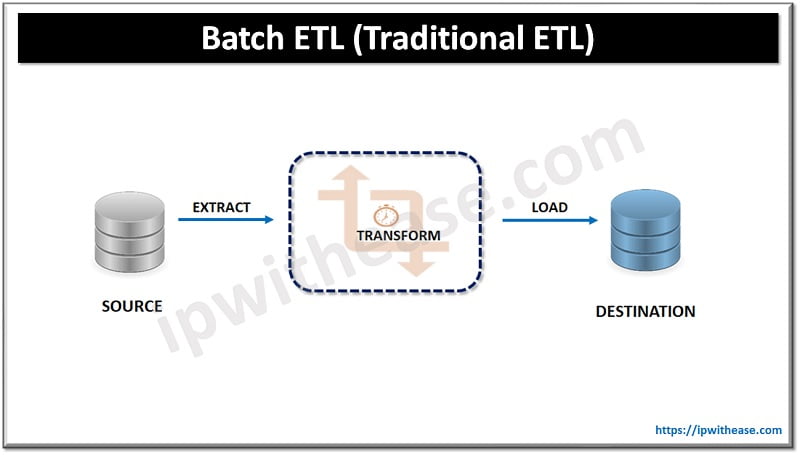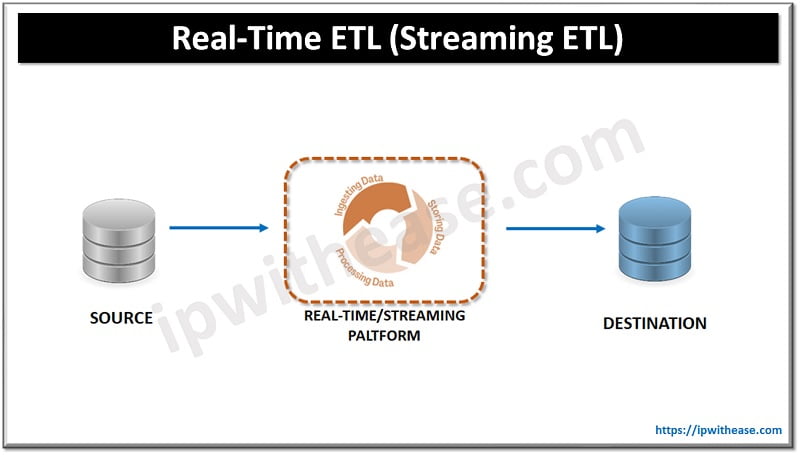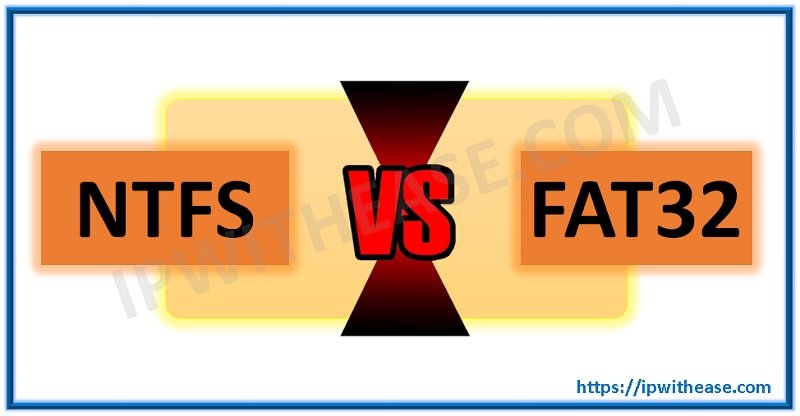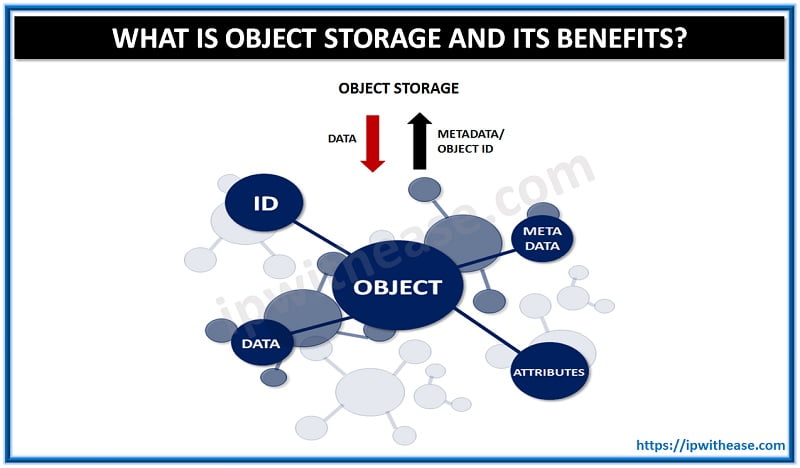Table of Contents
Extract, Transform, Load (ETL) is a widely used method in the data integration and processing industry. It involves the moving and transforming of data from multiple sources to a target data warehouse or data mart. The accuracy and dependability of data required for analytics, reporting, and decision-making purposes are maintained by ETL processes.
Traditionally, ETL processes were performed in batches, but real-time ETL has emerged as an alternative approach to meet real-time data requirements and the increasing volume and velocity of data.
With real-time ETL, data can be processed and loaded continuously, enabling organizations to make data-driven decisions in near real-time.
In this blog, we will understand the comparison, Real-Time ETL vs Batch ETL in detail.
Data Integration
Data integration refers to the process of merging information from various sources to create a comprehensive and uniformed view. The integration process starts with data ingestion and involves several steps such as cleansing, transformation, and ETL mapping. There are two primary methods of data integration, which include real-time ETL and batch ETL.
What is Batch ETL?
Batch ETL, which is also known as traditional ETL, is a conventional method of extracting data from a source system. This technique involves collecting data at regular intervals, such as hourly, daily, or weekly, and then transforming it to fit the destination system before loading it. Additionally, you can schedule a batch ETL process based on a triggering event. Batch ETL can transform structured, unstructured and semi-structured data such as XML or JSON. We can also use a tool to convert XML and JSON to structured data as part of batch ETL.

Pros & Cons of Batch ETL
Here are some pros and cons of using batch ETL:
Pros
- Simplicity: Batch ETL is a straightforward and simple approach to data integration. It involves processing data in fixed intervals, making it easier to design, implement, and maintain ETL pipelines.
- Cost-effectiveness: Batch processing allows you to process large volumes of data in a single batch, which can be more cost-effective than real-time processing. It reduces the need for complex infrastructure and enables the use of more economical resources.
- Performance optimization: Batch processing enables optimization techniques such as parallel processing, data compression, and efficient resource allocation. This can improve overall performance by utilizing available resources more effectively.
- Offline processing: Batch ETL is well-suited for scenarios where real-time or near-real-time data is not critical. It allows you to work with historical data, perform complex transformations, and perform in-depth analysis offline.
- Scalability: Batch processing can handle large volumes of data by leveraging distributed computing and parallel processing. It allows you to scale your ETL processes vertically (adding more resources to a single job) or horizontally (increasing the number of concurrent jobs) to handle increased data volumes.
Cons
- Latency: Since batch ETL processes data at fixed intervals, there is inherent latency between data collection and availability for analysis. Real-time insights and immediate actions based on up-to-date data are not possible with batch processing.
- Stale data: Due to the periodic nature of batch processing, there can be a delay between the time data is collected and when it becomes available for analysis. This can be problematic for certain use cases that require up-to-the-minute data.
- Inefficiency for time-sensitive data: Batch ETL is not suitable for scenarios that require immediate processing of time-sensitive data, such as fraud detection or real-time monitoring. The delay introduced by batch processing may limit the usefulness of such applications.
- Resource requirements: Batch processing often requires substantial computational resources to handle large data volumes within a limited time window. Scaling resources to process batches efficiently may incur additional costs, particularly if you need to process data at high frequencies.
- Complex data dependencies: As data dependencies become more complex, managing and orchestrating the sequence of batch jobs can become challenging. It may require careful coordination and monitoring to ensure data consistency and accuracy across multiple batch processes.
What is Real-Time ETL?
Real-Time ETL, also known as Streaming ETL, is a data integration technique that allows data to be transferred from multiple sources to a target system almost instantly. Unlike batch ETL that processes data at set intervals, Real-Time ETL enables continuous data flow to ensure the target system receives the latest updates.
Real-Time ETL involves extracting data from different sources, transforming it to meet the target system’s standards, and promptly loading it into the destination system. This approach enables organizations to access and analyze current data, providing valuable insights for decision-making and business operations.

Pros & Cons of Real-time ETL
Here are some pros and cons of using real-time ETL:
Pros
- Immediate insights: Real-time ETL allows for immediate analysis and insights based on up-to-date data. It enables organizations to make timely decisions and take actions in response to changing data conditions.
- Faster time-to-value: Real-time ETL reduces the latency between data collection and availability for analysis. It enables faster data processing and delivery, allowing organizations to extract value from their data more quickly.
- Enhanced operational efficiency: Real-time ETL enables continuous data integration and synchronization. It helps keep data systems up-to-date and aligned across various applications, improving operational efficiency and reducing data inconsistencies.
- Timely event-driven actions: Real-time ETL allows organizations to respond to events and triggers as they happen. It enables real-time monitoring, alerting, and automated actions based on predefined rules or conditions.
- Improved customer experience: Real-time ETL enables organizations to personalize customer experiences in real-time. It allows for real-time recommendations, targeted marketing campaigns, and immediate responses to customer interactions.
Cons
- Complexity and technical challenges: Real-time ETL involves processing and integrating data as it is generated, which can be technically complex. It requires robust and scalable infrastructure, specialized tools, and skilled resources to ensure data integrity and performance.
- Higher resource requirements: Real-time ETL requires more computational resources compared to batch processing. Processing data in near real-time or real-time can put a significant load on systems, requiring additional investments in hardware, software, and infrastructure.
- Increased operational costs: Real-time ETL can be more expensive to implement and maintain compared to batch processing. The need for high-performance infrastructure, continuous monitoring, and specialized skills can lead to higher operational costs.
- Data quality challenges: Processing data in real-time requires careful consideration of data quality. Real-time ETL pipelines need to handle issues like data duplication, data accuracy, and consistency to ensure reliable insights and decision-making.
- Complex data dependencies: Real-time ETL involves handling and managing complex data dependencies, especially when dealing with streaming data from multiple sources. Coordinating and orchestrating real-time data pipelines can be challenging and may require advanced techniques and tools.
Comparison Table: Real-Time ETL vs Batch ETL
| Parameter | Real-Time ETL | Batch ETL |
|---|---|---|
| Data Processing | Near real-time or real-time | Periodic intervals |
| Latency | Minimal latency between data collection and availability for analysis | Inherent delay between data collection and availability for analysis |
| Insights | Immediate insights based on up-to-date data | Delayed insights due to processing intervals |
| Data Freshness | Data is up-to-date | Data can be stale depending on the batch interval |
| Resource Requirements | Requires high-performance infrastructure and specialized tools | Can be more cost-effective and requires less intensive infrastructure |
| Operational Costs | Higher operational costs due to infrastructure and monitoring requirements | Potentially lower operational costs compared to real-time processing |
| Scalability | Requires scalable infrastructure to handle continuous data streams | Allows for scalability by increasing resources or parallel processing |
| Use Cases | Real-time monitoring, event-driven actions, personalized experiences | Historical analysis, offline processing, non-time-sensitive applications |
| Data Dependencies | Complex data dependencies and coordination for real-time processing | Simplified data dependencies and coordination in batch intervals |
| Complexity | Technically complex, requires skilled resources | Simpler implementation and maintenance |
| Data Consistency | Immediate data integration and synchronization | May require additional steps to ensure data consistency across batches |
Download the comparison table: Real-time vs Batch ETL
Which one to choose? Real-time or Batch ETL
The choice between Real-Time ETL and Batch ETL depends on your specific requirements and use case. Here are some factors to consider when deciding which approach to choose:
Choose Real-Time ETL if
- Immediate insights are crucial: If your business requires real-time or near real-time analysis and decision-making based on up-to-date data, Real-Time ETL is the better option. It enables you to respond quickly to events, monitor systems in real-time, and take immediate actions.
- Event-driven actions are essential: If your use case involves triggering actions or processes based on specific events or conditions, Real-Time ETL allows you to respond promptly to those events and automate actions in real-time.
- Personalized experiences are a priority: If providing personalized experiences to users or customers is a key aspect of your application or service, Real-Time ETL can help deliver real-time recommendations, targeted marketing, and personalized interactions.
Choose Batch ETL if
- Data freshness is not critical: If your use case doesn’t require immediate or near real-time insights and you can tolerate a certain delay in data availability, Batch ETL is a suitable choice. It is well-suited for historical analysis, periodic reporting, and non-time-sensitive applications.
- Cost-effectiveness is a priority: Batch ETL is often more cost-effective compared to Real-Time ETL since it can process large volumes of data in a single batch. If you have budget constraints or don’t require real-time processing, Batch ETL can be a more economical option.
- Offline processing is sufficient: If you can perform data transformations and analysis offline, without the need for real-time processing, Batch ETL provides the flexibility to work with historical data and perform complex transformations at fixed intervals.
- Simplicity is important: If you prefer a simpler approach to data integration and processing, Batch ETL is generally easier to design, implement, and maintain compared to the complexities associated with Real-Time ETL.
In many cases, a combination of both Real-Time ETL and Batch ETL may be appropriate. It could involve using Real-Time ETL for time-sensitive components and critical processes while utilizing Batch ETL for less time-critical analysis and reporting. Ultimately, the decision should be based on your specific requirements, available resources, and the trade-offs you are willing to make.
Continue Reading
What is Data Science? Life Cycle, Applications & Tools
ABOUT THE AUTHOR

You can learn more about her on her linkedin profile – Rashmi Bhardwaj



